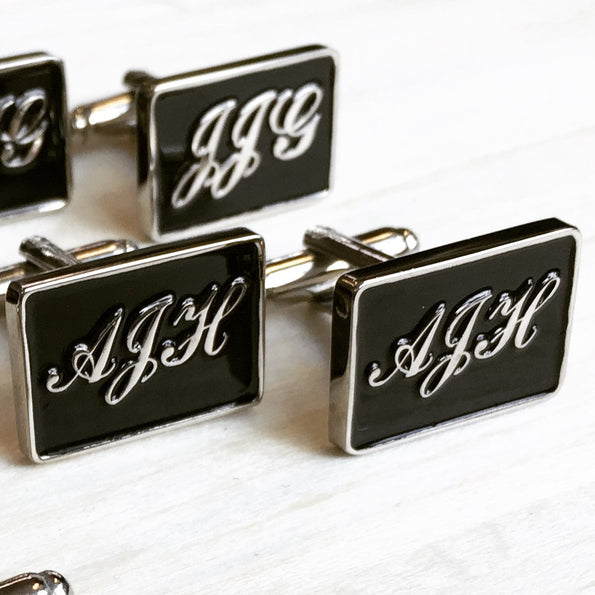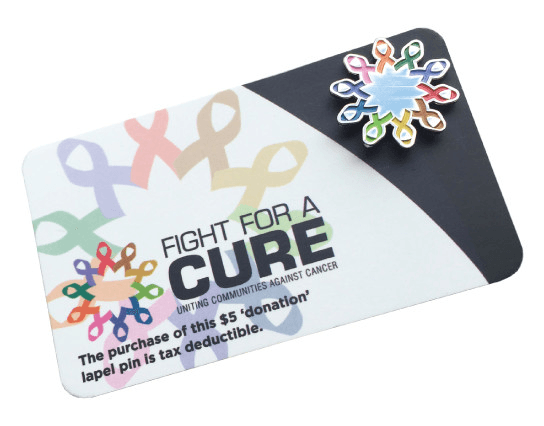A Beginners Guide to Cufflinks

In 2006, Italian fashion doyen Giorgio Armani uttered the famous words with profound insight into his approach to style and life as a whole. “To create something exceptional,” he said, “your mindset must be relentlessly focussed on the smallest detail.”
This, in essence, is why cufflinks are a must-have accessory for any modern man. Versatile, subtle, sharp and individual, cufflinks work well with most outfits, they send a very subtle message to the people around you and communicate the sort of man that you are. That you are well collected, have attention to detail and are passionate about style.
What Are Cufflinks, and Where Did They Come From?
Stylish men have been wearing cufflinks for four hundred years. However, it was not until the end of the 18th century that they become de rigueur. By the 19th century, the fashion had developed to include more ornate, sophisticated and ostentatious styles. European design houses such as Faberge made some of the most stylish and sought after pieces anywhere in the world. Cufflinks have long been associated with the aspirational class, those who have worked hard for what they have and are proud to show off their new found wealth.
Modern cufflinks usually consist of a front face which sits on top of the cuff, often with a gemstone inlay or other precious metal. This is known as the ‘insert member’ and sits inside the cup member, which is connected to the post. The post threads through the holes in the cuffs and is secured on the bottom part of the cuff by the toggle. The toggle holds both parts of the cuff in place and creates a classic, stylish look.
Types and Materials
The toggle cufflinks mentioned above are the most common types of cufflinks available. Other types include light weight stud cufflinks. These do not have the moving parts associated with their toggle counterparts and are more secure for it.
Chain link cufflinks feature two decorative sides connected by a chain rather than a rigid post, and provide a stylish touch above and below the cuff. A more modern design is the locking cufflink, which uses a folding lock similar to that seen on a watch strap, to hold the cuff in place.
As for materials, precious metals – such as gold, platinum and titanium – are always popular thanks to their high value and the fact that they will not corrode. Modern cufflinks may be made of carbon fibre, which has the advantage of being relatively cheap and lightweight without compromising on strength.
Decorative materials like enamel, mother of pearl, crystal and glass bring additional stylistic elements to traditional cufflinks, while rose gold is a popular choice for formal events. If the occasion is a more casual one, silk cufflinks – which are durable and versatile yet a little more low-key – may be ideal.
How to Wear Cufflinks with Style.
There are no hard and fast rules for cufflinks. Many wearers use them as a way to inject a bit of individuality to an outfit, or set off a crisp shirt. However, there are ways by which you can get the most out of your cufflinks.
The first tip is to invest. Cufflinks are jewellery pieces fundamentally, and, as with any jewellery pieces, you get what you pay for. A good quality pair of cufflinks is going to last you a long time, and so will probably save you money in the long run.
The second is to select your cuff style. Experiment with a kissing cuff – i.e. the two inner sides of the cuff laying flush against one another – or with a barrel cuff; when the two sides of the cuff overlap to create a tubular effect.
The third and final tip is to judge the occasion. By and large, cufflinks are for formal events, and so wearing your smartest pair of gold links to the office is probably not appropriate. That said, some examples are more formal than others, so wearing your fabric set to a black tie gala is similarly erroneous. Judge the occasion and ask other attendees if you need to.
So, what can we get you? Take a look at our cufflinks range and select the perfect pair for you.









